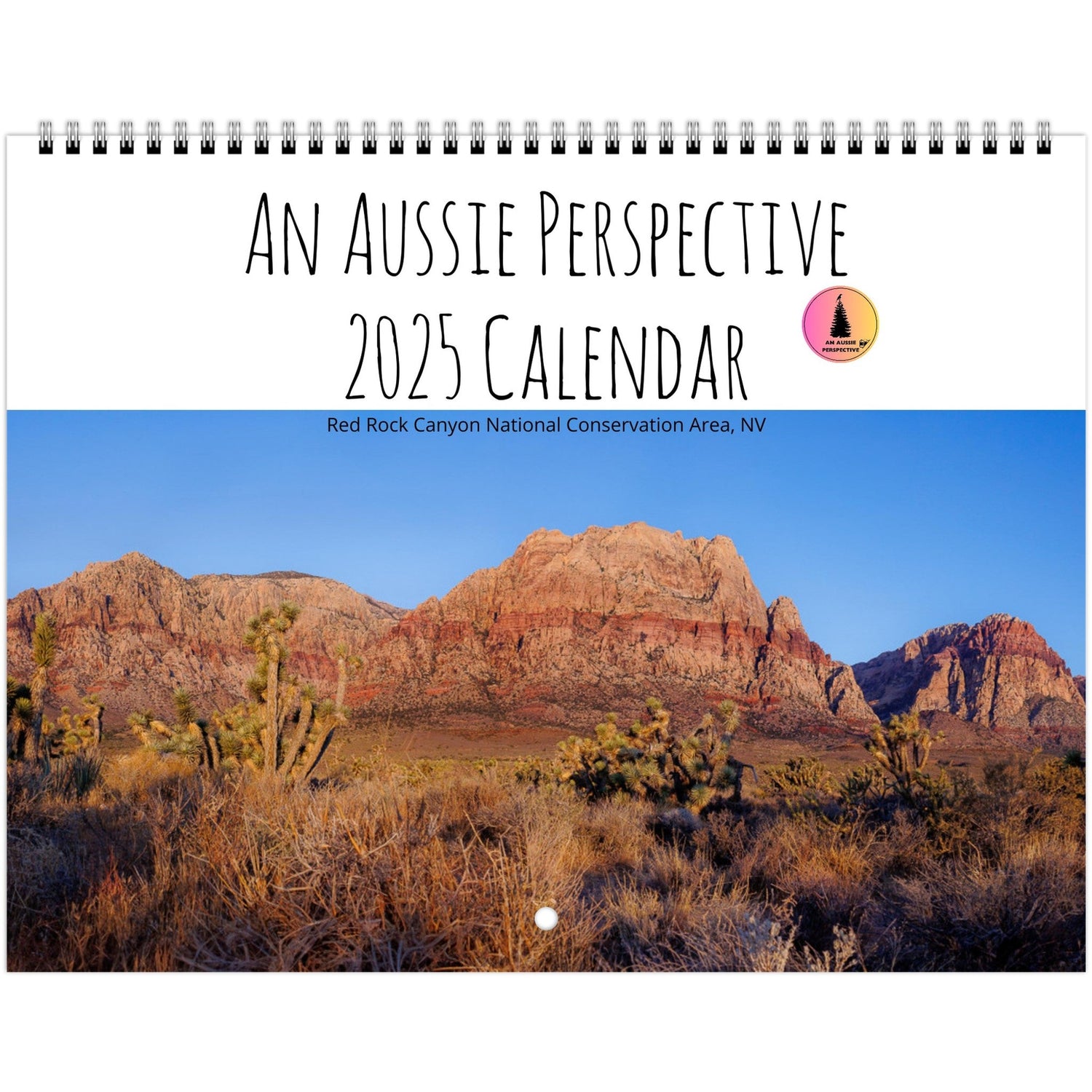In the tranquil marshlands and grassy expanses of North America, Sandhill Cranes embark on a remarkable journey of parenthood, navigating the delicate balance between nurturing their young and the harsh realities of the wild. With their elegant stature and graceful demeanor, these birds exemplify resilience amidst the beauty of their wetland habitat.
Sandhill Cranes typically remain together year-round through shared nesting duties and cooperative parenting. The journey begins with a courtship dance, where pairs bond through intricate displays of movement and song. Once paired, they craft a nest of woven vegetation, a sanctuary nestled within the reeds and rushes, where they tenderly incubate their eggs.


A critical aspect of this incubation process is the development of the brood patch - a specialized area of bare, highly vascularized skin on the female's abdomen. It's like a hot water bottle for the eggs, ensuring proper incubation. Once the eggs hatch, colts emerge with open eyes and can walk shortly after. As the chicks grow and nesting duties diminish, the brood patch gradually recedes until the next breeding season.
While Sandhill Cranes typically lay two eggs in a clutch, it's common for only one colt to survive due to various factors such as competition between siblings, predation, and environmental challenges. While it's heartbreaking to think about, the surviving colt is strong and well-equipped to thrive in its environment. Sandhill Crane parents invest a great deal of time and effort into raising their young, ensuring that the sole survivor has the best possible chance of success.


Sandhill Crane parents tirelessly forage for food and diligently guard their vulnerable young against lurking predators. As the surviving chick grows, it matures under the attentive care of its devoted parents, transitioning from fluffy down to the sleek plumage of adulthood.




In Florida, Sandhill Cranes are cherished and protected and it is illegal to hunt or disturb them due to their status as a native and iconic species. Despite these protective measures, their populations have faced declines over the years due to various factors, including habitat loss, collisions with power lines and vehicles, and disturbance during nesting and migration. However, through conservation efforts and public awareness campaigns, steps are being taken to mitigate these threats and ensure the continued survival of these majestic birds in the Sunshine State and beyond.
I saw this family of Sandhill Cranes at the Orlando Wetlands Park.
If you like this blog, please subscribe to receive an email whenever I write something new. I also have fun things for sale on my website with more being added all the time.


1 comentario
Wonderful post, thank you! Looking forward to many more interesting stories.